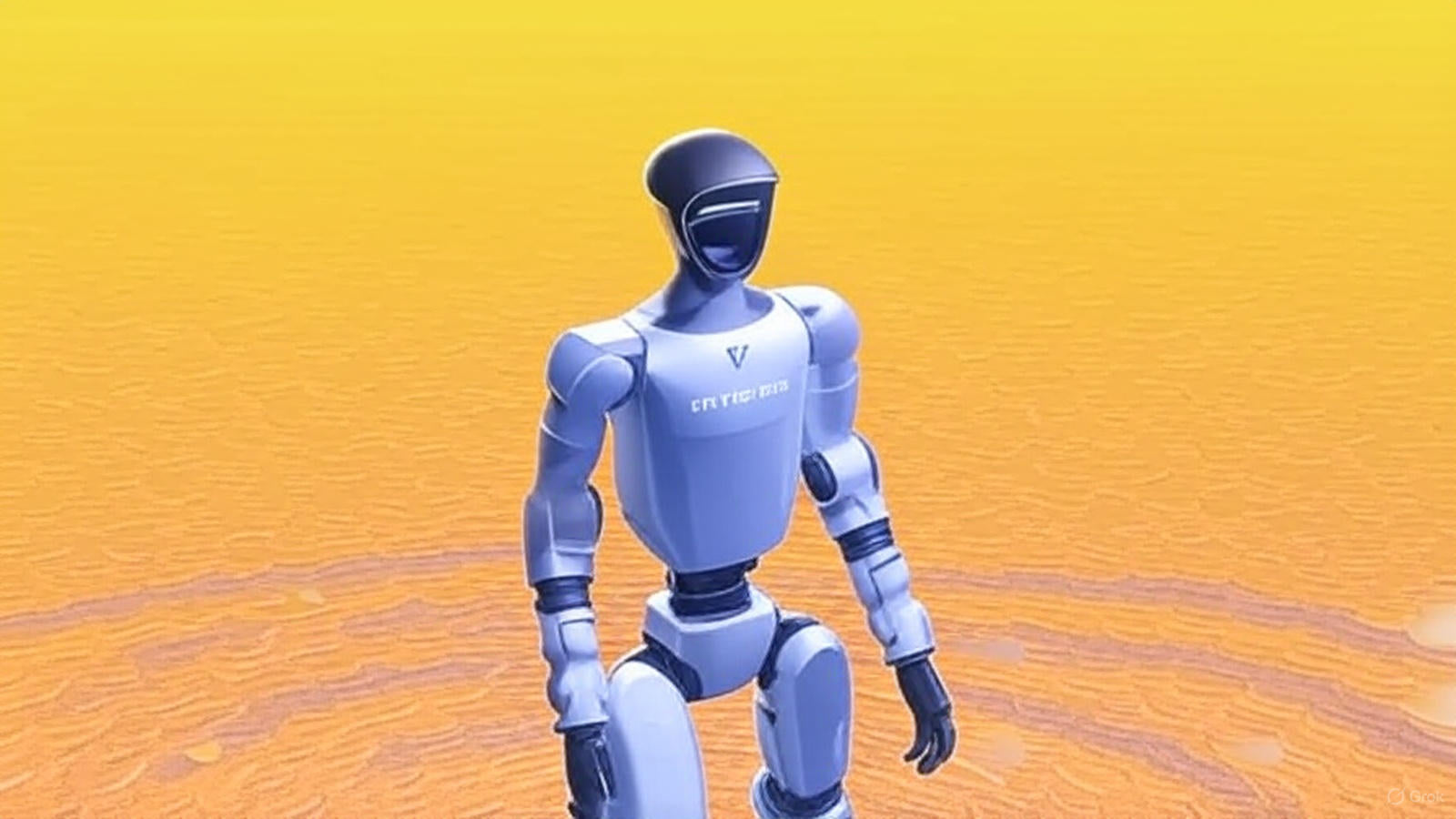Unitree G1 Robot Security Flaws: Spybot Concerns Spark Debate
Introduction
Humanoid robots have moved from science fiction to reality, but with progress comes risk. The Unitree G1 humanoid robot, priced at just $16,000, is creating headlines worldwide—not for its ability to walk, climb stairs, or assist humans, but for alleged serious security flaws. A report highlighted by Mario Nawfal on X (formerly Twitter) claims that the robot transmits data to China every five minutes without consent, raising alarms about privacy, surveillance, and cybersecurity.
🇨🇳 SPYBOT? UNITREE HUMANOID ROBOT QUIETLY PHONES HOME TO CHINA EVERY 5 MINUTES
— Mario Nawfal (@MarioNawfal) September 27, 2025
According to a bombshell security assessment, the Unitree G1 humanoid robot doesn’t just walk - it spies.
Researchers discovered it secretly beams sensor and system data to Chinese servers every 300… https://t.co/YoqykyED4v pic.twitter.com/LHzRWEFknG
The Viral Tweet and Image
On September 27, 2025, Mario Nawfal posted:
“🇨🇳 SPYBOT? UNITREE HUMANOID ROBOT QUIETLY PHONES HOME TO CHINA EVERY 5 MINUTES …”
The tweet cites Cornell University research, claiming the Unitree G1 sends encrypted data to Chinese servers every 300 seconds. The image shows multiple Unitree G1 robots in an office-like setting, observed by people—suggesting potential large-scale deployment.
Security Flaws in Unitree G1
1. Unauthorized Data Transmission
The robot allegedly sends audio, video, and sensor data to China every 5 minutes. Such silent background activity violates global data protection standards like GDPR.
2. Weak Encryption
Researchers found that the robot uses factory-set encryption keys accessible to anyone. This makes user data vulnerable to interception and decryption.
3. Bluetooth Exploit
Shockingly, hackers could bypass the system by faking a Wi-Fi password. This flaw could let attackers gain root access to the robot.
4. Cybersecurity AI Functionality
The Unitree G1 contains a built-in Cybersecurity AI. Experts warn that it could shift from passive monitoring to active cyber operations, effectively turning the robot into a potential cyber weapon.
Implications for Users
- Privacy Risk: Homes, offices, and labs using these robots may face surveillance.
- Corporate Espionage: Sensitive data from businesses could leak to external servers.
- Botnet Threat: With its vulnerabilities, the robot could be hijacked into a botnet for coordinated cyberattacks.
Why It Matters Globally
Humanoid robots like the Unitree G1 are marketed as affordable alternatives to advanced models like Tesla’s Optimus. Their accessibility makes them attractive to universities, startups, and businesses. However, cheap access + weak security = global risk.
This debate reflects a larger concern:
- Should nations regulate humanoid robots more strictly?
- Could these machines become tools of digital warfare?
- Are consumers trading affordability for security?
FAQs
Q1: What is the Unitree G1 humanoid robot?
The Unitree G1 is a $16,000 humanoid robot designed for tasks like walking, climbing stairs, and interacting with objects.
Q2: Why is it controversial?
Reports suggest it secretly sends user data to servers in China every 5 minutes and has severe security vulnerabilities.
Q3: Who revealed these issues?
The findings were highlighted by Mario Nawfal on X, citing research from Cornell University.
Q4: Can hackers control the robot?
Yes. Due to weak encryption and Bluetooth flaws, hackers could potentially gain root access.
Q5: Should buyers be worried?
Yes—especially businesses and researchers handling sensitive data. Experts recommend caution until fixes are implemented.
Conclusion
The Unitree G1 humanoid robot is both impressive and alarming. Its low cost and advanced physical capabilities make it attractive, but its data leaks, weak security protocols, and potential cyber weaponization raise serious red flags.
Opinion
Technology always arrives with dual faces: progress and peril. The Unitree G1 is no exception. On one hand, it represents a leap in affordable robotics, democratizing humanoid AI access. On the other, it embodies the fragility of cybersecurity in the age of automation.
The critical question isn’t just “Is the Unitree G1 spying?” but rather “How do we, as a global society, regulate machines that can both serve and subvert us?”
Today’s “spybot scare” may be tomorrow’s blueprint for robot security laws, ethical AI frameworks, and international oversight. Whether we embrace humanoid robots as allies or fear them as threats depends less on Unitree itself—and more on how seriously we address these risks now, before they scale beyond control.


0 comments